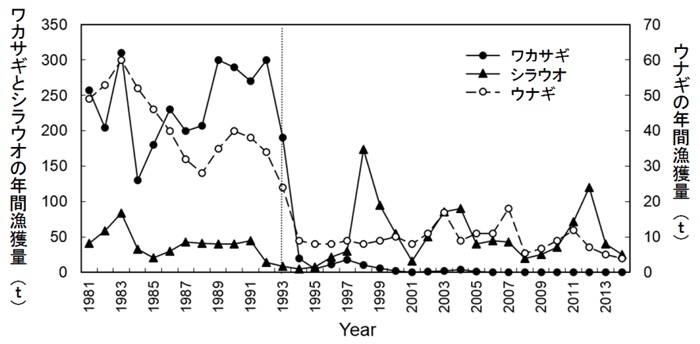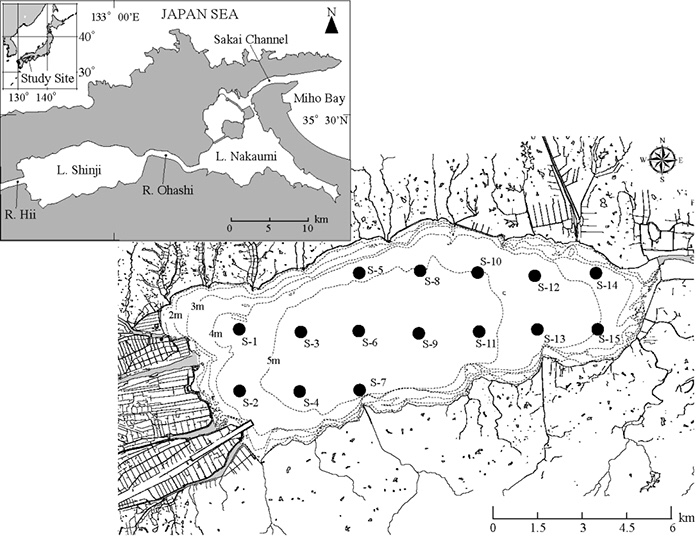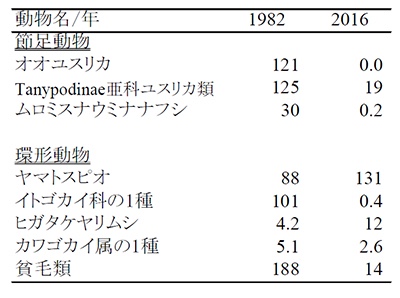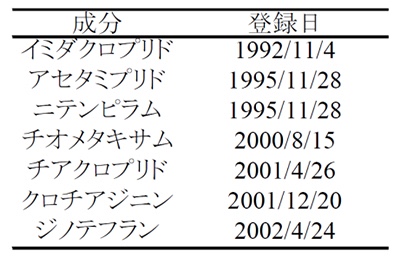



AIST: Decrease in eels and smelts: Effects of the insecticide neonicotinoid
AIST / The University of Tokyo / Shimane / Nagoya / Chiba Institute of Technology
Environmental Survey: Lake Shinji in Shimane Prefecture
This time, we conducted an environmental survey for Lake Shinji in Shimane Prefecture.
Neonicotinoid insecticides are used in paddy fields.
Insecticides killed organisms that feed on eels and smelts.
Indirectly, he points out that “the possibility of drastically reducing eels and smelts”.
This pointed out:
Investigate the cause of the sharp decrease in eel and smelt catch in Lake Shinji, Shimane Prefecture
The world’s first verification of the impact of neonicotinoid insecticides flowing out from paddy fields on river and lake ecosystems
Pointed out the importance of evaluating the effects of toxic substances in brackish water mixed with freshwater and seawater
Western survey results:
Neonicotinoid insecticides have been reported to have caused the massive loss of bees.
In Europe and the United States, regulations have been tightened, but the impact on fisheries remains unclear.
The staple food occupying most of the agricultural land is wheat in Europe and America, but rice in Japan.
Neonicotinoid insecticide: water-soluble
Neonicotinoid insecticides are water-soluble and will spill when used in paddy fields.
In this survey, pointed out “possibility of affecting the environment of rivers and lakes“.
Details of the results will be published in Science magazine on November 1, 2019 (Eastern Daylight Time).
https://www.aist.go.jp/aist_j/press_release/pr2019/pr20191101/pr20191101.html